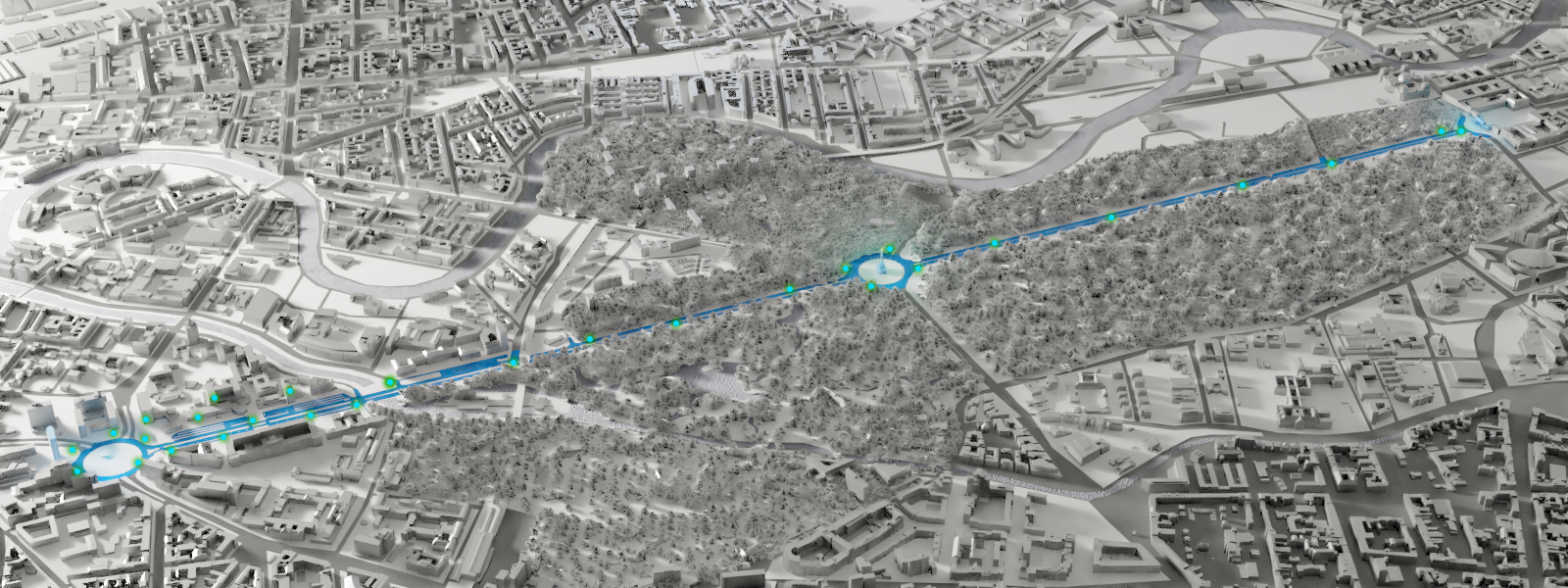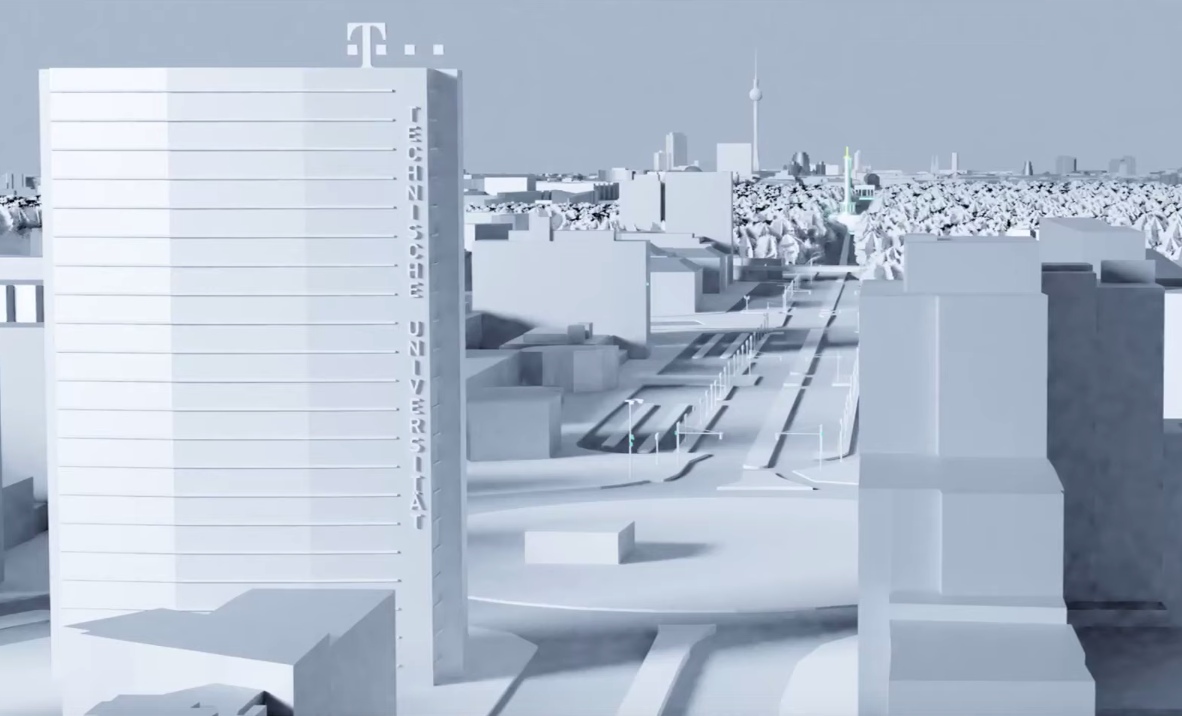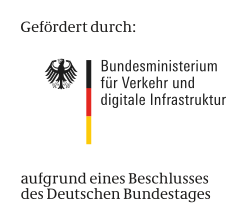Sensors
Sensors
100
Sensor Types
8
Daily amount of data
50
RSU - Egdes
9
Eight different sensor types

Activity Analysis
- Visualization of the movement and duration of stay
- Measurement of Hot SpotsStatistical evaluations
- Adjustable duration and intervals of the evaluation
Traffic analysis
- Automatic counting of vehicles (passenger cars, trucks, motorcycles)
- Classification of vehicles
- Up to 4 lanes
- output in minutes, hours, days, weeks, and months

Queue detection
- Alarm when a defined queue length is reached
- Vehicle density estimation
- Speed analysis
- Evaluation of the average waiting time

Traffic light phases and topology
- SPaT (Signal Phase and Timing) - transmit the current status of the traffic light and the switching times
- MAP (Mapping) - transmits the topology of crossing with traces, turn off
GLOSA (Green Light Optimal Speed Advisory)
- Green wave assistant for driving style adapted to traffic light phase and times. Speed recommendations for the optimal speed

Parking space sensors
- more than 1400 parking spaces
- Capture of parking space occupancy for three sections (ERP-Charlottenburger Tor, Charlottenburger Tor-Großer Stern, Großer Stern-Brandenburger Tor)
- Prediction of parking space occupancy for weekdays and weekends
- Routing to the next free parking place

Emission data acquisition
- Nitrogen oxides (NO, NO2)
- Ozone
- Particulates (PM1, PM2.5, PM10)
- Calculation of the air quality index according to the European CAQI (Common Air Quality Index)

Weather data acquisition
- Temperature
- Relative humidity
- Precipitation intensity
- Precipitation type
- Precipitation quantity
- Air pressure
- Wind direction
- Wind speed

Straßenzustand
- Dicke von Wasser
- Schnee und Eis
- Oberflächenzustand (trocken, feucht, nass, Schnee, Eis)
- Reibung
- Oberflächentemperatur

Activity analysis
- Visualization of the movement and duration of stay
- Measurement of hot spots Statistical evaluations
- Adjustable duration and intervals of the evaluation
Traffic analysis
- Automatic counting of vehicles (passenger cars, trucks, motorcycles)
- Classification of vehicles
- Up to 4 lanes
- Output in minutes, hours, days, weeks, and months
Jam detection
- Alarm when a defined queue length is reached
- Vehicle density estimation
- Speed analysis
- Evaluation of the average waiting time
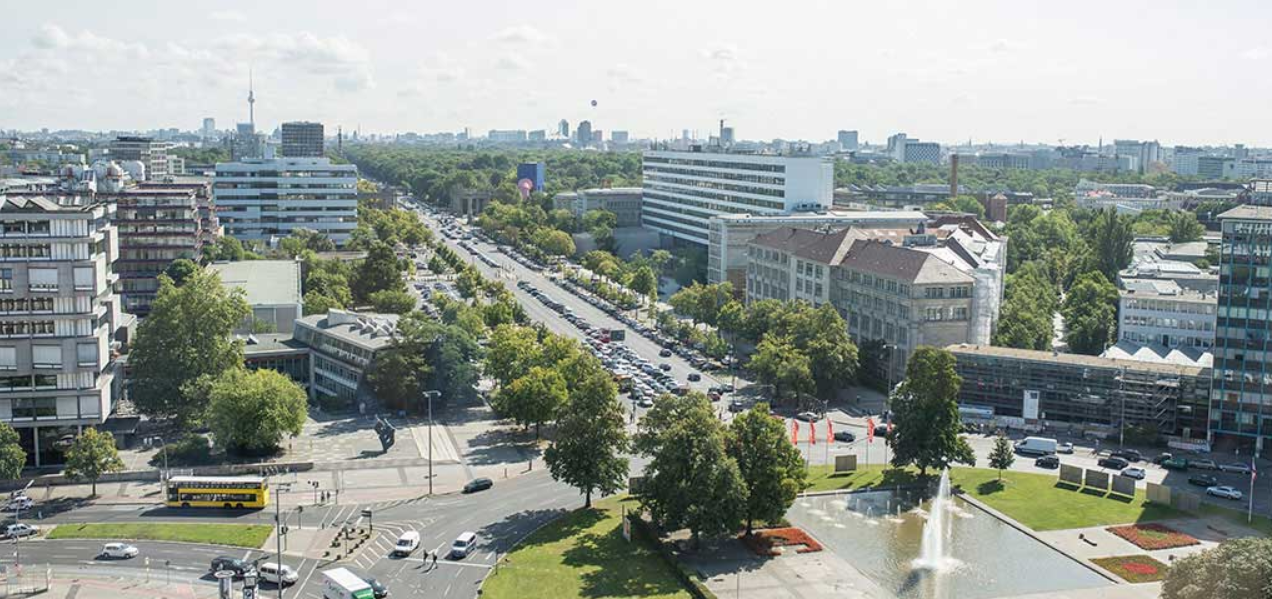
Umweltsensor
Die Kameras zur Verkehrserfassung und die Wärmebild-Kameras sind an Stangen nahe den TU-Gebäuden angebracht, ein Wettersensor steht auf einem Parkplatz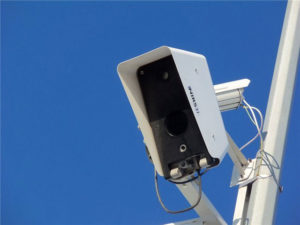
Parkplatzsensoren
Die Kameras zur Verkehrserfassung und die Wärmebild-Kameras sind an Stangen nahe den TU-Gebäuden angebracht, ein Wettersensor steht auf einem Parkplatz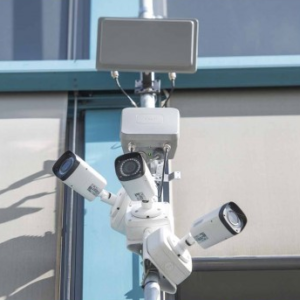
Verkehrssensor
Am Ernst-Reuter-Platz passieren die meisten Unfälle in der Stadt – auch deshalb ist die Teststrecke eine besondere Herausforderung 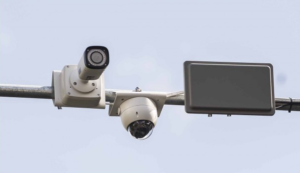
Sensors
Assisted by sensors along the track and on the vehicle various types of data are collected.
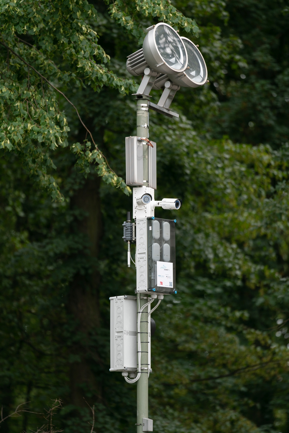
Verkehrssensor
DSRC Roadside Unit
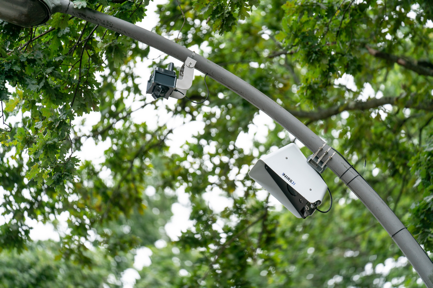
Parkplatzsensor
Verkehrssensor
Sensors
The information collected is evaluated and forwarded to the appropriate vehicles by Road Side Units (RSU). In this way, dangers can be identified at an early stage and prevented by the vehicle intervening.
Mobile Sensor Pole
-
For experiments in areas where permanent installation is not allowed
-
Either 2 or 4 meters high
-
Power supply via mains supply or generator
-
Demonstration at events
The test field in the heart of a metropolis of millions
A large number of different sensors collect information along the track. The data is transmitted to the extended Roadside Unit (eRSU) responsible for the road section, in compliance with the required data protection regulations. The so-called eRSU contains a versatile communication infrastructure for the fast and local exchange of information with sensors, vehicles and neighbouring RSUs as well as for the transmission of large amounts of data to the cloud. Various WLAN standards, mobile communications and microwave technology are used.
